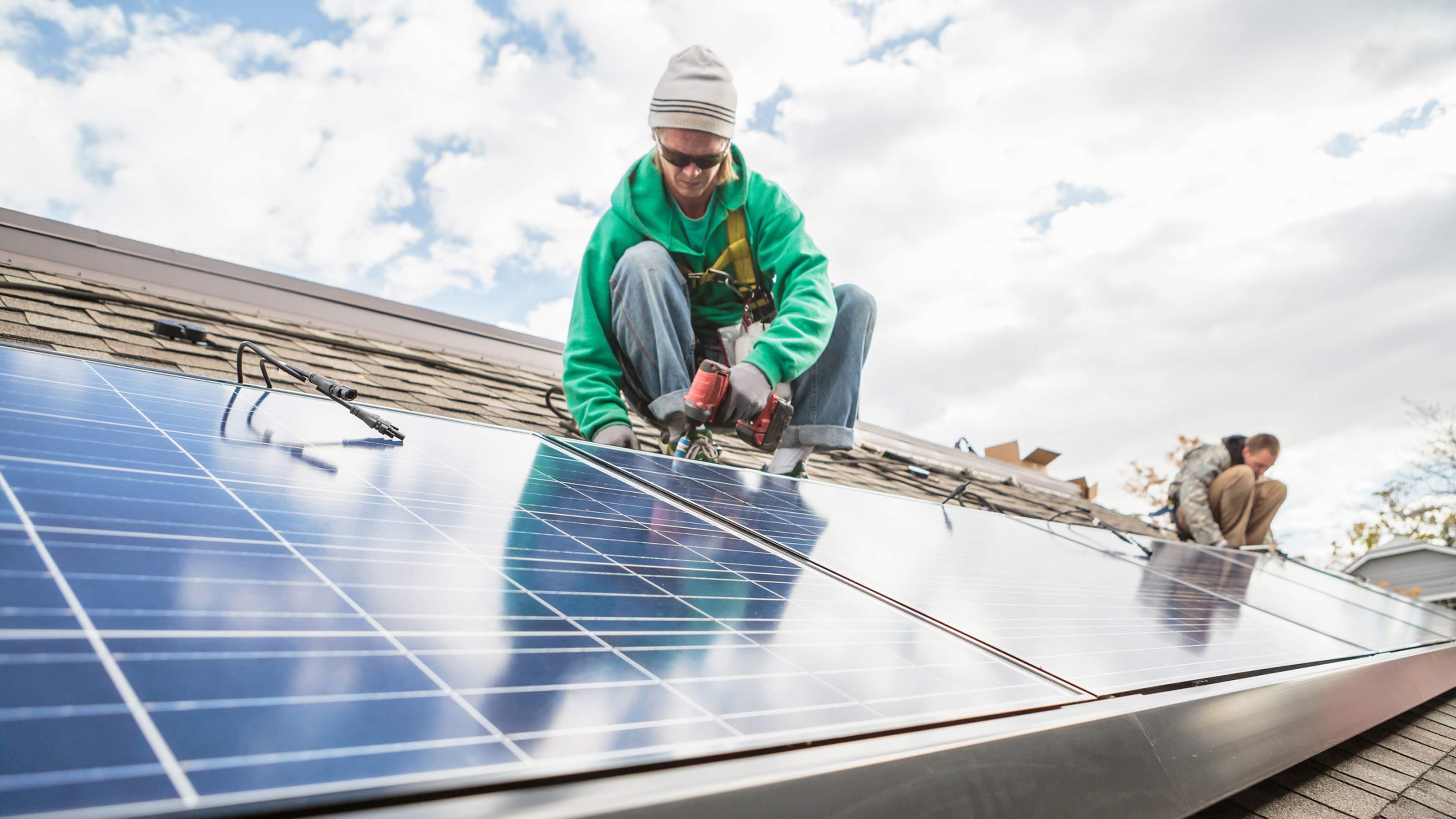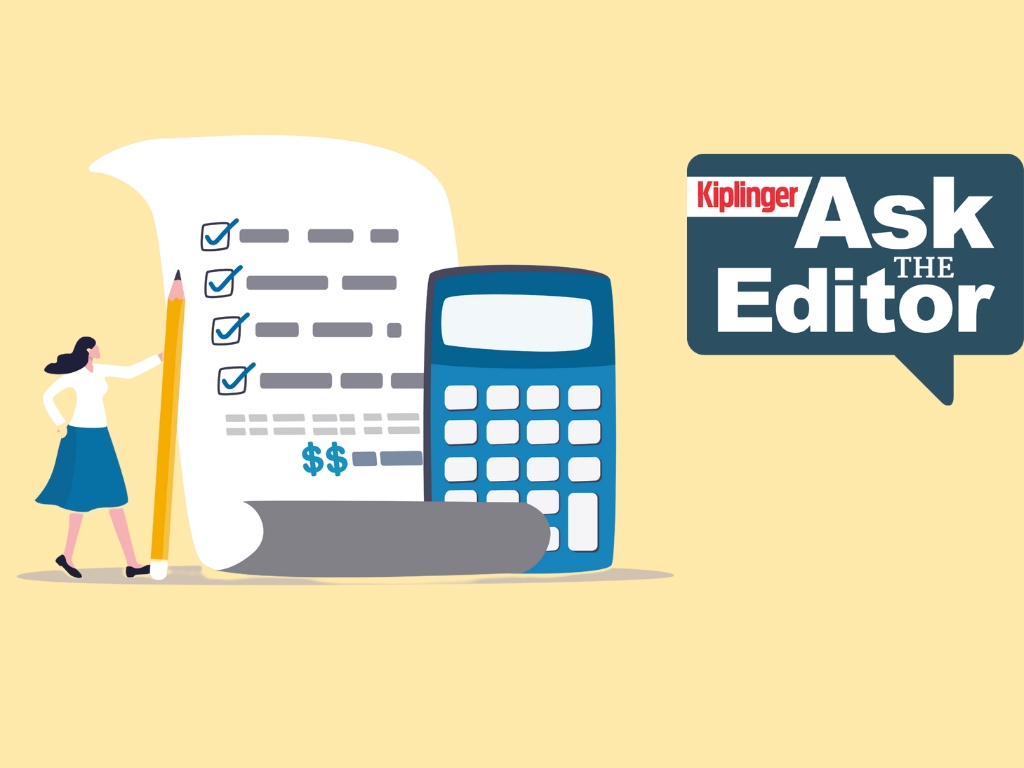Is This the Year to Lower Your Taxes While Helping the Environment?
Going solar, whether for your home or for a commercial project, can bring along with it powerful tax credits for the next several years.


There is growing and even renewed interest in our country about investing in solar energy technologies. The solar investment tax credit (ITC) can be claimed against federal tax liabilities (corporate or personal) for a percentage of the cost of a solar photovoltaic (PV) system placed into service during the tax year. The amount of the credit varies by year. It is based on a sliding schedule authorized by Congress in December 2020, as part of legislation extending existing federal tax credits.
Panel systems purchased prior to 2020 for commercial solar projects are “grandfathered” at the 30% tax credit rate. Thereafter, the credit is 26% for systems commencing construction in 2020-2022, 22% for systems commencing construction in 2023, and 10% for systems commencing construction in 2024 or later. Any PV system created after 2025, regardless of when it construction commenced, will only be eligible for a maximum tax credit of 10%.
Panel systems are also eligible to receive the Bonus Depreciation under the TCJA (Tax Cuts and Jobs Act of 2017). This means 85%-87% of the eligible system costs can be written off as a tax deduction in the current tax year.(1) For state income tax offsets, depending on your state’s tax laws, the system costs are depreciated under the Modified Accelerated Cost Recovery System (MACRS) five-year property rule. This offsets future state taxable income from an operating company or an earn-out from a liquidity event.
From just $107.88 $24.99 for Kiplinger Personal Finance
Become a smarter, better informed investor. Subscribe from just $107.88 $24.99, plus get up to 4 Special Issues

Sign up for Kiplinger’s Free Newsletters
Profit and prosper with the best of expert advice on investing, taxes, retirement, personal finance and more - straight to your e-mail.
Profit and prosper with the best of expert advice - straight to your e-mail.
Tax Credits and Commercial Solar Projects
Since solar investment tax credits are general business credits, they are subject to utilization thresholds that limit the tax credit to 75% of a taxpayer’s current year tax liability. Any excess solar credits can be carried back one tax year or carried forward for 20 years.(2)
Commercial solar projects can provide significant cash flow to the investors for 20-25 years through the Purchase Power Agreements (PPA) paid by the purchasers of your power. Watch for recapture of depreciation. If the solar business is sold or disposed within five years, the ITC will be recaptured and included in income in the year of disposition. Holding solar projects for six years avoids recapture. If you want to exit the business after five years, there are insurance companies and pension funds willing to buy your income stream of the solar project based on a Net Present Value (NPV) of projected future cash flows.
A Look at What You Could Save
As noted, the primary driver in most all solar project investments is the tax benefits. Currently — unless a project has been Safe Harbored at 30% — there is a 26% Federal Investment Tax Credit (ITC), which allows the investor to offset, dollar for dollar, any federal tax liabilities from the current year, previous year or for the next 20 years going forward, up to the amount of the ITC. The ITC is calculated by multiplying the investment amount by 26%.
For example, if the investor acquires a project for $3 million, then the investor receives a $780,000 tax credit. In addition to the Federal ITC, commercial solar projects are also eligible for 100% bonus depreciation (once deducting 50% of the ITC value – or 87% of the investment amount) in the year of investment. Using our example of a $3 million investment, the investor would be able to depreciate 87% of the $3 million in the first year, or $2,610,000. Assuming a federal tax rate of 37%, the “value” of the bonus depreciation equates to $965,700 to the investor (additional value is derived if the investor has state tax liability). This depreciation, if unable to be absorbed by the investor in the current year, can be carried forward as a net operating loss for up to 20 years.
So, prior to any leverage or project level cash flows, of the $3 million originally invested, the investor has received back, in credits and tax value, $1,745,700 almost immediately. Most PPAs are between 20 – 25 years, so depending on the investor’s goals, this can be an extremely safe and lucrative long-term investment.
Tax Credits Going Forward
There is tremendous projected growth in the commercial solar space. The Biden administration is looking to restore the solar tax credit to 30% and extend it for an additional 10 years. This would encourage and promote continued development. Energy incentives are the cornerstone of this climate change administration, so look for additional changes and enticements to be forthcoming.
Active vs. Passive
To qualify for the tax benefits mentioned, either business income or capital gains, the taxpayer must be active in the solar project. Active status requires a minimum of 100 hours per year (two hours per week) dedicated to the management of the business. This includes, but is not limited to:
- Site visits.
- Exploration of continuing solar opportunities.
- Continuing education through conferences, webinars, research and the time spent on your project.
The 100-hour threshold should not be difficult to meet for the owners of these commercial solar projects.
For those seeking new and sustainable tax-relief strategies, solar energy continues to be a great option.
(1) Internal Revenue Code (IRC) Sec. 48; Solar PV systems that commenced construction on or before Dec. 31, 2019, were eligible for a 30% tax credit
(2) Before 2018, any unused depreciation could be carried back two years and forward 20 years, but that changed with the passage of the Tax Cuts and Jobs Act of 2017 (“Who Needs Sec. 179 Expensing When 100% Bonus Depreciation is Available?” Thomson Reuters Tax and Accounting. Oct. 5, 2018)
Profit and prosper with the best of Kiplinger's advice on investing, taxes, retirement, personal finance and much more. Delivered daily. Enter your email in the box and click Sign Me Up.

Jeffrey M. Verdon, Esq. is the lead asset protection and tax partner at the national full-service law firm of Falcon Rappaport & Berkman. With more than 30 years of experience in designing and implementing integrated estate planning and asset protection structures, Mr. Verdon serves affluent families and successful business owners in solving their most complex and vexing estate tax, income tax, and asset protection goals and objectives. Over the past four years, he has contributed 25 articles to the Kiplinger Building Wealth online platform.
-
 Nasdaq Leads as Tech Stages Late-Week Comeback: Stock Market Today
Nasdaq Leads as Tech Stages Late-Week Comeback: Stock Market TodayOracle stock boosted the tech sector on Friday after the company became co-owner of TikTok's U.S. operations.
-
 Disney’s Risky Acceptance of AI Videos
Disney’s Risky Acceptance of AI VideosThe Kiplinger Letter Disney will let fans run wild with AI-generated videos of its top characters. The move highlights the uneasy partnership between AI companies and Hollywood.
-
 Ask the Editor: Itemized Deductions
Ask the Editor: Itemized DeductionsAsk the Editor In this week's Ask the Editor Q&A, Joy Taylor answers questions on itemized deductions claimed on Schedule A of Form 1040
-
 Are You Putting Yourself Last? The Cost Could Be Your Retirement Security
Are You Putting Yourself Last? The Cost Could Be Your Retirement SecurityIf you're part of the sandwich generation, it's critical that you don't let the needs of your aging parents come at the expense of your future.
-
 I'm an Insurance Pro: It's Time to Prepare for Natural Disasters Like They Could Happen to You
I'm an Insurance Pro: It's Time to Prepare for Natural Disasters Like They Could Happen to YouYou can no longer have the mindset that "that won't happen here." Because it absolutely could. As we head into 2026, consider making a disaster plan.
-
 The Future of Philanthropy Is Female: How Women Will Lead a New Era in Charitable Giving
The Future of Philanthropy Is Female: How Women Will Lead a New Era in Charitable GivingWomen will soon be in charge of trillions in charitable capital, through divorce, inheritance and their own investments. Here's how to use your share for good.
-
 5 Smart Things to Do With Your Year-End Bonus, From a Financial Professional
5 Smart Things to Do With Your Year-End Bonus, From a Financial ProfessionalAfter you indulge your urge to splurge on a treat, consider doing adult things with the extra cash, like paying down debt, but also setting up a "fun fund."
-
 Are You a Gen X Investor? Here's How You Can Protect Your Portfolio From an AI Bubble
Are You a Gen X Investor? Here's How You Can Protect Your Portfolio From an AI BubbleAmid talk of an AI bubble, what's the best course of action for investors in their 50s and 60s, whose retirement savings are at risk from major market declines?
-
 Hey, Retirees: Put Your Charitable Gifts in a Donor-Advised Fund (and Enjoy Your Tax Break)
Hey, Retirees: Put Your Charitable Gifts in a Donor-Advised Fund (and Enjoy Your Tax Break)A donor-advised fund is a simple (really!), tax-smart strategy that lets you contribute a large, tax-deductible gift now and then distribute grants over time.
-
 If You're a U.S. Retiree Living in Portugal, Your Tax Plan Needs a Post-NHR Strategy ASAP
If You're a U.S. Retiree Living in Portugal, Your Tax Plan Needs a Post-NHR Strategy ASAPWhen your 10-year Non-Habitual Resident tax break ends, you could see your tax rate soar. Take steps to plan for this change well before the NHR window closes.
-
 Your Year-End Tax and Estate Planning Review Just Got Urgent
Your Year-End Tax and Estate Planning Review Just Got UrgentChanging tax rules and falling interest rates mean financial planning is more important than ever as 2025 ends. There's still time to make these five key moves.